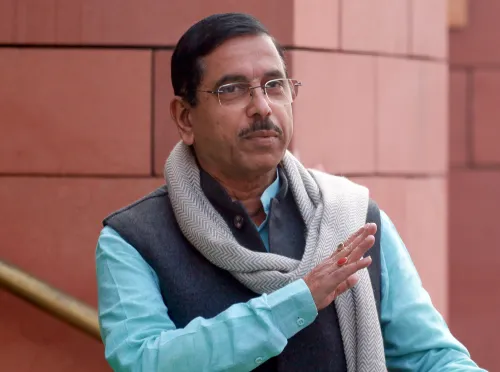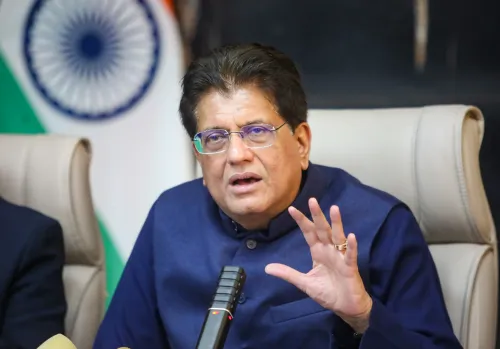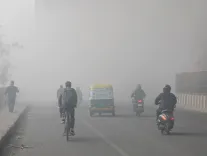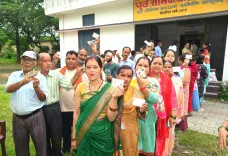How is the Govt Utilizing AI for Flood Forecasting?
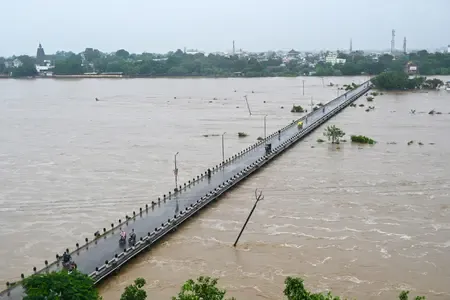
Synopsis
Key Takeaways
- AI and ML enhance flood forecasting accuracy.
- Initiative led by SWRMO-CoE under CWC.
- 350 stations provide forecasts with a 24-hour lead time.
- Basin-wise models create 7-day advance advisories.
- Information shared via social media and mobile apps.
New Delhi, July 24 (NationPress) In a significant advancement in disaster management, the Ministry of Jal Shakti has announced the implementation of Artificial Intelligence (AI) and Machine Learning (ML) models aimed at enhancing short-range flood forecasting throughout India.
This project is led by the Smart Water Resources Modelling Organisation - Centre of Excellence (SWRMO-CoE), established under the Central Water Commission (CWC) in September 2024.
The Minister of State for Jal Shakti, Raj Bhushan Choudhary, shared this information in response to a query during a Lok Sabha session on Thursday.
This effort is being recognized as a major advancement in integrating technology with environmental risk management, aligning with the government’s broader vision for water management and disaster resilience. The in-house developed AI models focus on short-range flood predictions at Level Flood Forecasting Stations using time-series forecasting techniques.
These models are financially backed by the Development of Water Resources Information System Scheme from the Department of Water Resources, River Development and Ganga Rejuvenation. At present, the CWC provides flood forecasts with a lead time of up to 24 hours at 350 stations nationwide, including 200 level and 150 inflow forecast stations, in collaboration with state governments and project authorities.
To bolster readiness and allow additional time for evacuation and response, the CWC has created basin-specific flood forecasting models that can produce advisories up to 7 days in advance. These models utilize rainfall-runoff mathematical modeling and are shared through a dedicated platform.
Flood information is also integrated with the Common Alert Protocol (CAP), which notifies relevant State Disaster Management Authorities (SDMAs).
Expanding its outreach, flood forecasts are disseminated via social media channels such as Facebook, X (formerly Twitter), and the Flood Watch India mobile application.



